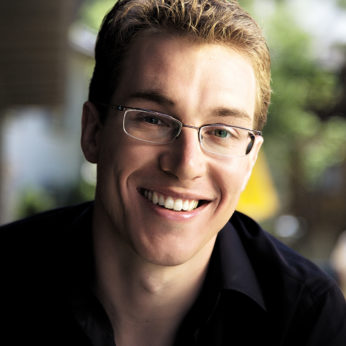Look they say I’m dry at heart. That’s wrong. And you know it. I am Basque. Basques feel things violently but they say little about it and only to a few.
Ravel’s Piano Trio was born in that idyllic summer of 1914, that last glimpse of the old world before the slaughter in the trenches changed everything. We have no record of a commission but it seems to have been written with his Italian composer-pianist friend, Alfredo Casella, and the violinist-composer George Enescu in mind. Ravel and Enescu had studied together at the Conservatoire under André Gédalge, to whom Ravel dedicated the Trio; unfortunately Enescu was in Romania for the premiere. Ravel’s correspondence that summer is full of despairing references to the composition of the Trio, which was causing him all sorts of problems, doubtless connected with his ambitious plans for the second movement.
The outbreak of the Great War changed all that. Ravel, like so many millions of others, was seized with patriotic fervour and, though he was manifestly unfit for active service, he grimly set about the business of joining the armed forces. But first he had to finish the Trio: I am working with the certainty, the lucidity of a madman. But sometimes depression is at work as well and suddenly there I am sobbing over my sharps and flats. He claimed to have done five months work in five weeks, concluding with the triumphant trumpet-like conclusion to the last movement.
The first movement opens with the unforgettable main theme picked out by the piano before the strings add their vibrant voices. While writing this movement, Ravel had been obsessed with the idea of writing a rhapsody to the Basque country where he was born. The lilting rhythm and irregular metre of the opening theme were Ravel’s adaptation of the Basque zortzico dance. The movement oscillates in a luminous glow around this exquisite theme and the tenderly affectionate second subject carried to Ravel’s ear the same Basque character. Every nuance of colour and mood is spell-bindingly explored before the long, gentle fade to the final pianissimo.
The Pantoum is a complex Malayan verse-form used to great effect by Baudelaire. It requires two distinct ideas which have to be treated in strict alternation but must also make sense both in themselves and in combination. Ravel’s solution is as masterful as Baudelaire’s, with little or no transition he juxtaposes a few bars of playful staccato with a floating legato Spanish-style dance tune and sustains the alternating pattern while developing both themes. In the middle section he adds a third melody in longer note values and a broader metre, while the pantoum continues in the background.
The Passacaille was an old dance-form similar to the chaconne, where the music is constructed around a ground bass but the theme can be transferred to an upper part and decorated. Ravel uses the old form to great effect creating an austere and mystical beauty from the simplest melodic material. Introduced at the very bottom of the piano, the theme rises as it develops in textural complexity to reach its highest pitch before subsiding to the gloom from which it evolved – at which point, with a simple change of harmony, light breaks in with the opening of the last movement – a magically translucent shimmer in all three instruments. This radiant mood is soon engulfed by an increasingly insistent and triumphalist fervour that is driven on by fanfare figures in an extravagantly written piano part. And so did Ravel go off to war, with his piano trio trumpet fanfares driving him on.
